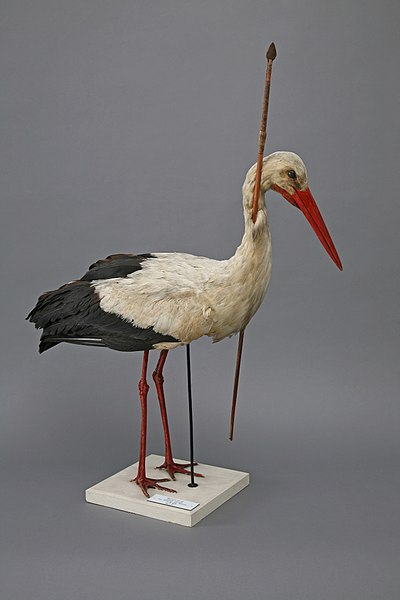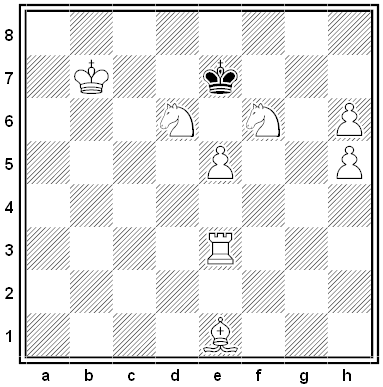“It is always observable that silence propagates itself, and that the longer talk has been suspended, the more difficult it is to find any thing to say.” — Samuel Johnson
Big Man on Campus

The balcony of Woolsey Hall at Yale has one extra-wide seat: Carpenters enlarged it to accommodate William Howard Taft, who returned to his alma mater after losing his re-election bid for the presidency in 1912.
Most of the seats in Woolsey measure 18″ x 17″; Taft’s measures 25″ x 20″. He once convinced an usher to admit him by leading him to the customized chair — he told another patron, “I lost my ticket, but was fortunately able to establish my identity by the breadth of my beam and the corresponding breadth of this seat.”
Black and White
Object Lesson
In a speech class at Oregon State University in 1967, Charles Goetzinger arranged for one student to arrive covered with a large black bag. Only his bare feet showed. Every Monday, Wednesday, and Friday at 11 a.m., the student would sit on a table at the back of the room, rarely speaking or moving. Goetzinger knew the student’s identity, but none of the other 20 students did.
At first the students treated the bag with hostility, but this evolved into curiosity and even friendship. When another teacher disparaged the mysterious student, “It made me mad,” said a classmate. “I felt I had to protect him.”
The experiment is seen today as an example of the “mere-exposure effect,” the phenomenon that familiarity breeds preference. The students knew nothing about the man in the bag, but simply encountering him over and over disposed them to like him. In the words of social psychologist Robert Zajonc, “mere repeated exposure of the individual to a stimulus is a sufficient condition for the enhancement of his attitude toward it.”
In a letter to a newspaper, one student wrote, “The Bag has motivated us, made us delve, explore, ponder and try to understand what goes on inside us. … Above all it has made us learn. It has persuaded us, and drastically changed everyone in the class.”
While You Were Out

A pleasing little philosophy puzzle:
If there’s a sentence that’s guaranteed to be false in any context, surely it’s this:
“I am not here now.”
But this very phrase is played on millions of answering machines and voicemail systems every day, and we all understand it to be true. I, here, and now are indexicals, words whose meanings change with the circumstances of their utterance. Here each seems to make a rather uncertain reference, and the resulting sentence on its face cannot be true, yet we all understand it readily. How?
(Jonathan Cohen, “Indexicality and the Puzzle of the Answering Machine,” Journal of Philosophy 110:1 [2013], 5-32.)
The Hanging Coffins of Sagada

In the Philippine municipality of Sagada, the Igorot people suspend coffins on wooden beams in the face of a cliff, both to protect them from floods and animals and to bring them closer to heaven. In a tradition more than 2,000 years old, the elderly fashion their own coffins out of hollow logs, to be fitted into place by their survivors. The practice is now slowly dying away.
“It’s like returning back to where you came from, in the foetal position in the womb,” Igorot guide Siegrid Bangyay told the BBC in 2018. Though the last cliff burial had taken place in 2010, she said, she would one day like to take a place on the cliff herself — changing from “a tourist guide to a tourist attraction.”
Note
I just ran across this in Hurd and Hurd’s Treasury of Great American Letters, from 1961 — kept from home on his daughter’s 10th birthday, Ogden Nash left her this poem:
My sweet, although you were divine
When you were just a child of nine,
I’d be the happiest of men
If I could see you change to 10.
I do not like to be away
On such a stupendiferous day.
Now that you’re old enough to caddie
I’m a very happy daddy.
Many happy returns and
I love you.
Insights

Maxims of La Rochefoucauld:
- “Jealousy is in some sort rational and just; since it only aims at the Preservation of a Good which belongs, or which we think belongs, to us: Whereas Envy is a Frenzy that cannot bear the Good of others.”
- “Good Sense should be the Test of all Rules, both ancient and modern; whatever is incompatible therewith is false.”
- “Avarice is more opposite to Economy than Liberality.”
- “We ought to be able to answer for our Fortune, to be able to answer for what we shall do.”
- “The most violent Passions have their Intermissions; Vanity only gives us no Respite.”
- “‘Tis more difficult to conceal the Sensations we have, than to feign those we have not.”
- “We should have but little Pleasure were we never to flatter ourselves.”
- “We love much better those, who endeavour to imitate us, than those who strive to equal us. For Imitation is a Sign of Esteem, but Competition of Envy.”
- “Whatever Difference may appear in Men’s Fortunes, there is nevertheless a certain Compensation of Good and Ill that makes all equal.”
And “The common Foible of old People who have been handsome, is to forget that they are no longer so.”
Aha!

In 1822, when Europeans were still searching for an explanation for the annual disappearance of some bird species, a white stork appeared bearing a central African arrow in its neck. This helped to show that some birds migrate long distances for the winter.
The stuffed stork can be seen today at the University of Rostock, where it bears the magnificent name Rostocker Pfeilstorch (“arrow stork from Rostock”).
Kjeragbolten

During the last glacial period, at around 50,000 B.C., a 5-cubic-meter boulder became wedged into a crevasse in Scandinavia, just southwest of the village of Lysebotn in western Norway.
The boulder is accessible to tourists, but be careful: There are no fences, and the abyss below is 984 meters deep.

